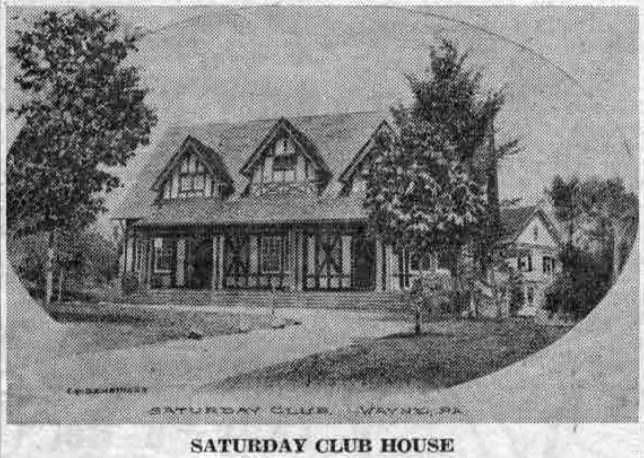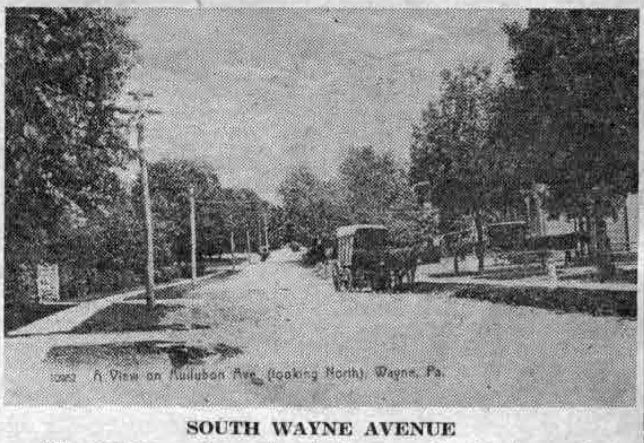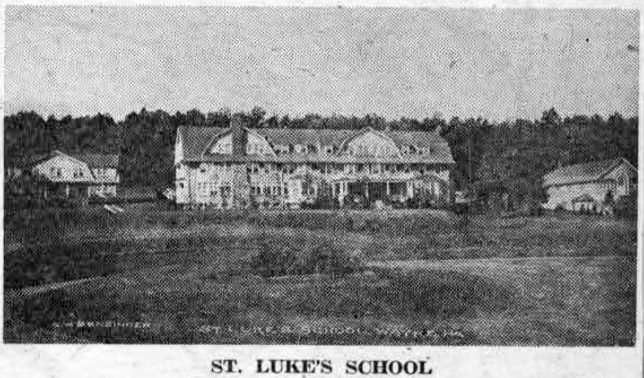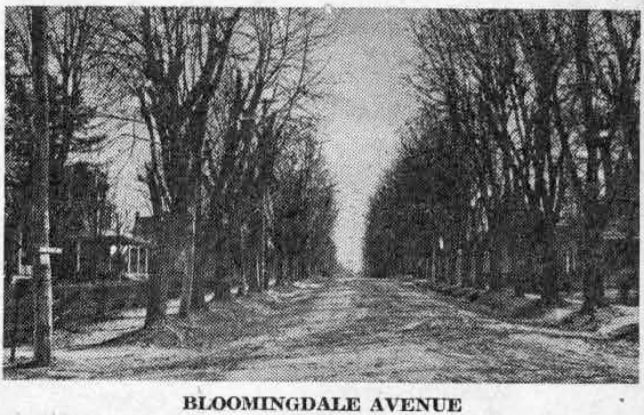Wayne’s Oldest Xmas Tree Seller Still Going Strong After 50 Years
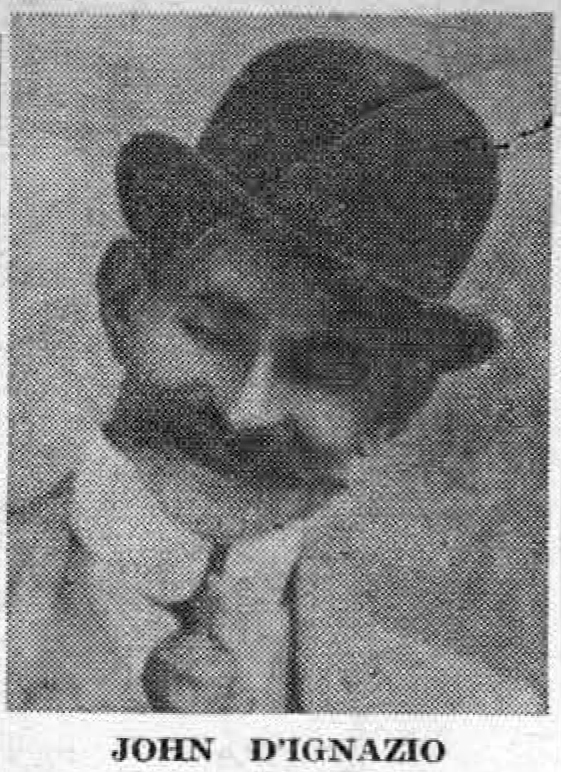
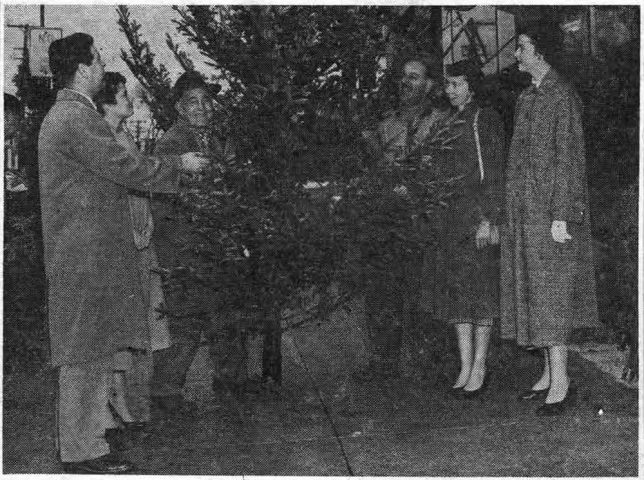
With Christmas now so close at hand, the excitement of Wayne shopping days, followed by shopping evenings under multi-colored street lights, is now approaching its end for 1956.
From year to year, much of the local holiday setting changes, if only in small ways. But, since December, 1906, just 50 years ago this month, the same Christmas tree merchant has sold trees, wreaths and other festive trimmings on the southeast corner of Lancaster and South Wayne avenues.
In December, 1906, Hyacinth D’Ignazio, now 74 years old, sold the first Christmas trees ever to be bought on the streets of Wayne, in partnership with his brother, the late John D’Ignazio.
To the old timers among us, that corner site, now occupied by the Sun Ray Drug store, is still known as the “Fronefield Corner,” for in 1893 the late Joseph M. Fronefield, Sr., bought what was then the west hall of the present Lienhardt Bakery building. His drug store was moved here from the old Lyceum building across the street, and in 1926 he erected the present brick structure known as the Fronefield Building, with its various shops and offices.
Before John D’Ignazio, assisted by his brother Hyacinth, set up his outdoor stands for the sale of Christmas trees and greens, they were sold in Wayne only at the Etchingham and the Adelberger nurseries. The former was located on North Aberdeen avenue and the latter on the same site it still occupies on Conestoga road.
John D’Ignazio’s first job after coming to America In 1900 was with Adelberger’s. Later he went into business for himself on Highland avenue, as a landscape artist and florist. In 1910 he returned to Italy for a visit, taking with him his entire family. While there he contracted pneumonia and died, leaving his wife, Julia, to bring the children back to America alone. Besides Alnardo D’Ignazio, who operates the Wayne Diner, surviving children are Mrs. Edith DiBonaventura and Mrs. Louis Phillip, both of Wayne; Mrs. Carl Milan, Sarasota, Fla., and Mrs. Rudy Gambacorta, Riverside, N.J.
The practice of making their own wreaths and other decorations is still carried on by his brother, Hyacinth. The latter’s kitchen, in his home on West Wayne avenue, presented a cheery scene as the writer visited there one evening recently. Busily at work with Hyacinth was his daughter, Splendora, while two grandchildren, Bill and Mary Jane Hansell, added their youthful bit. Later, Hyacinth, Jr., joined the family group. This work goes on for some weeks before the stand on the corner is opened in early December.
As a young man, Hyacinth learned his art in Italy, where his whole family was skilled in this work. Each Christmas season he tries to originate something new in the way of sprays or of table baskets, using wild grape vine and wire as frames.
The laurel which be ties in “never comes out,” Hyacinth says, adding that this is a method which he has originated. He sell 1,000 or more of these wreaths each Christmas season – many decorated with holly and cones, others are made from hemlock and pine. His laurel comes from his own 114 acres in New Jersey. At the time of the visit, Hyacinth’s daughter was busily at work making long strands of greens into door trimmings, using spruce, yew, Douglas fir, pine branches and cones.
As the writer prepared to eave this busy workroom, she thought back over the many years she had purchased trees from the stand on the corner. One tree in particular she remembered, because it was so tall that one of her small children had to lean over the stair rail, in the second floor hallway, to attach the star to the top of the tree. And this year, a young grandson went with her to pick his own Christmas tree! And so it must be in many Wayne families, for as Hyacinth said in parting, “Lots of people come year after year to me because I try to take good care of them.”

